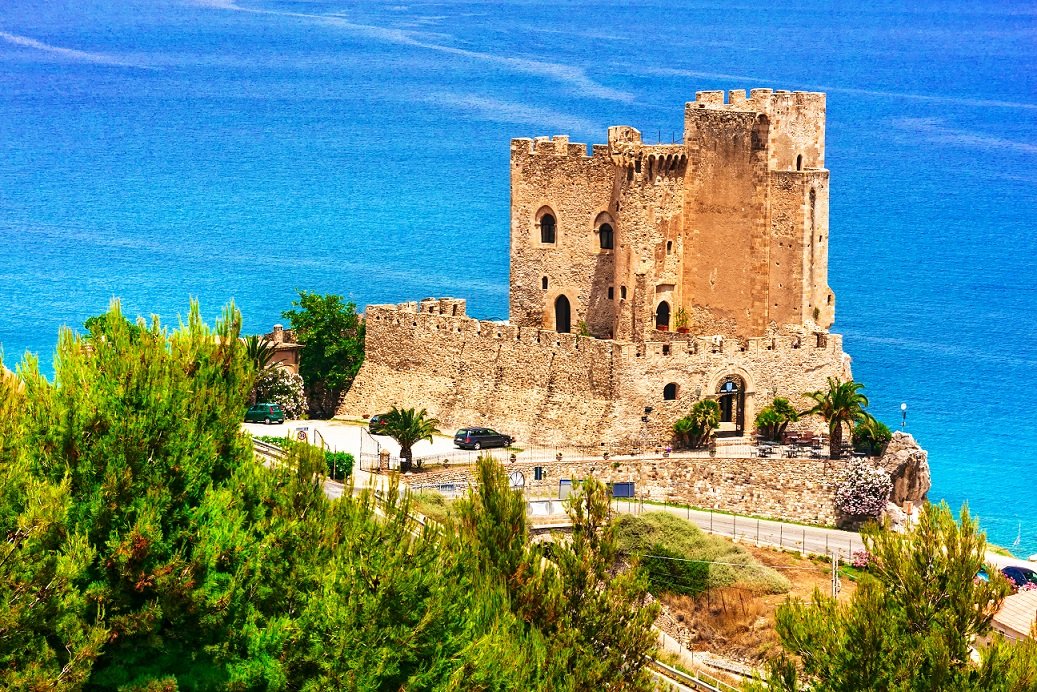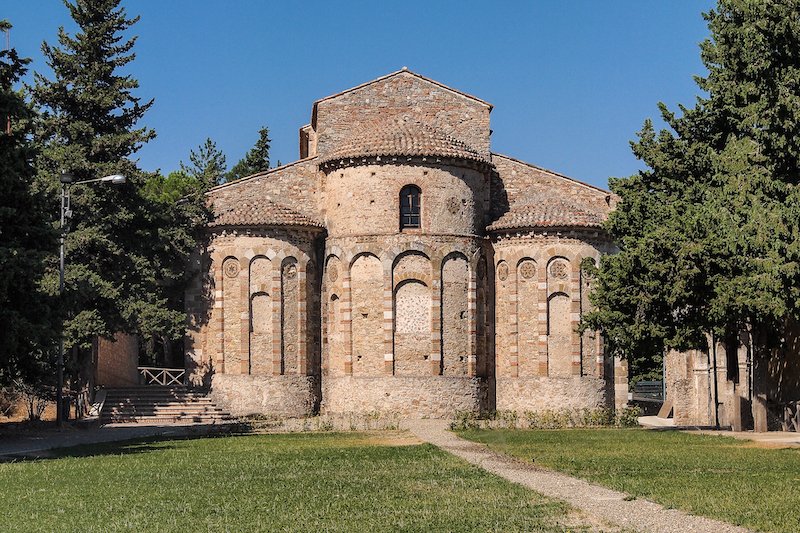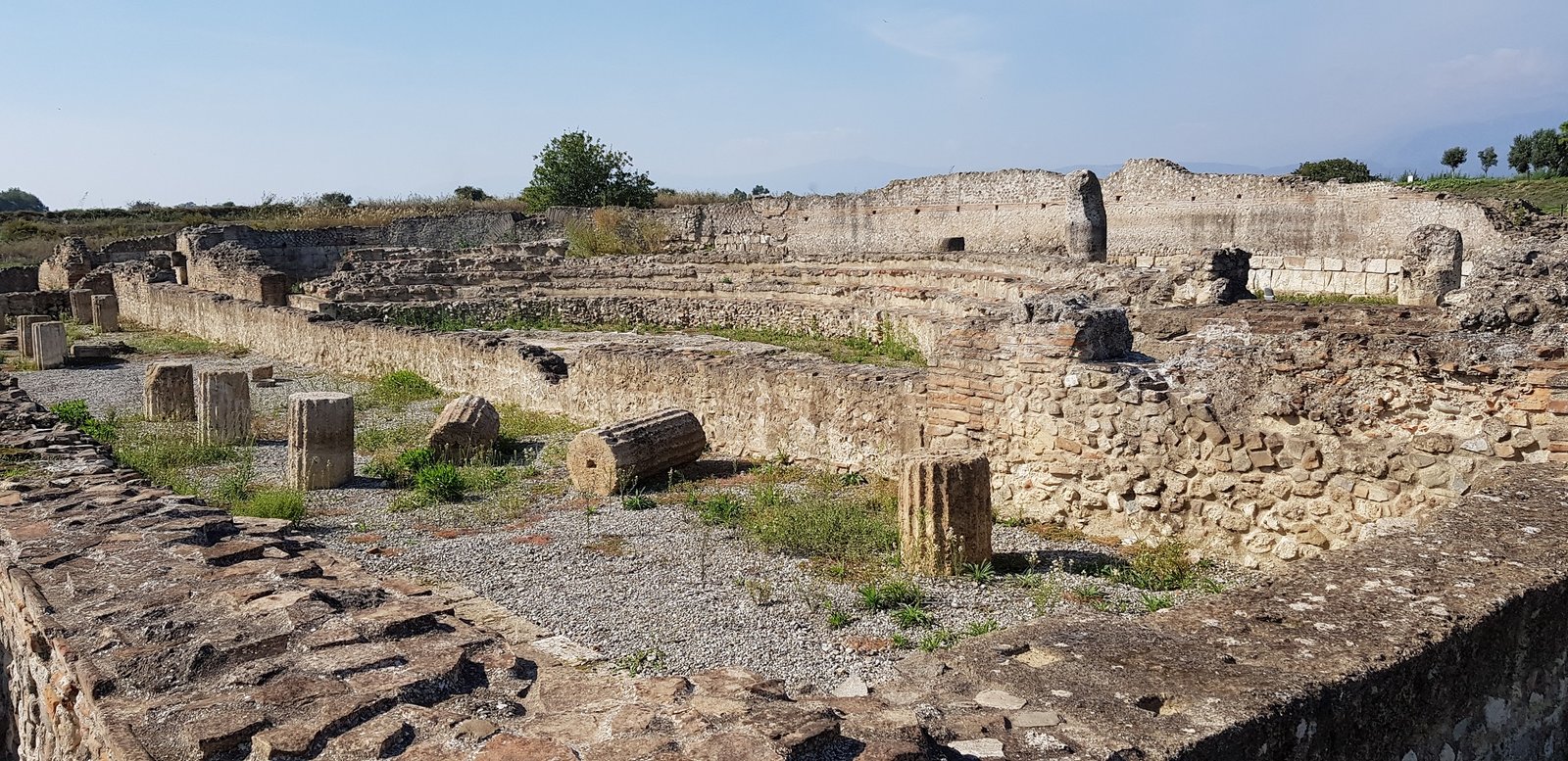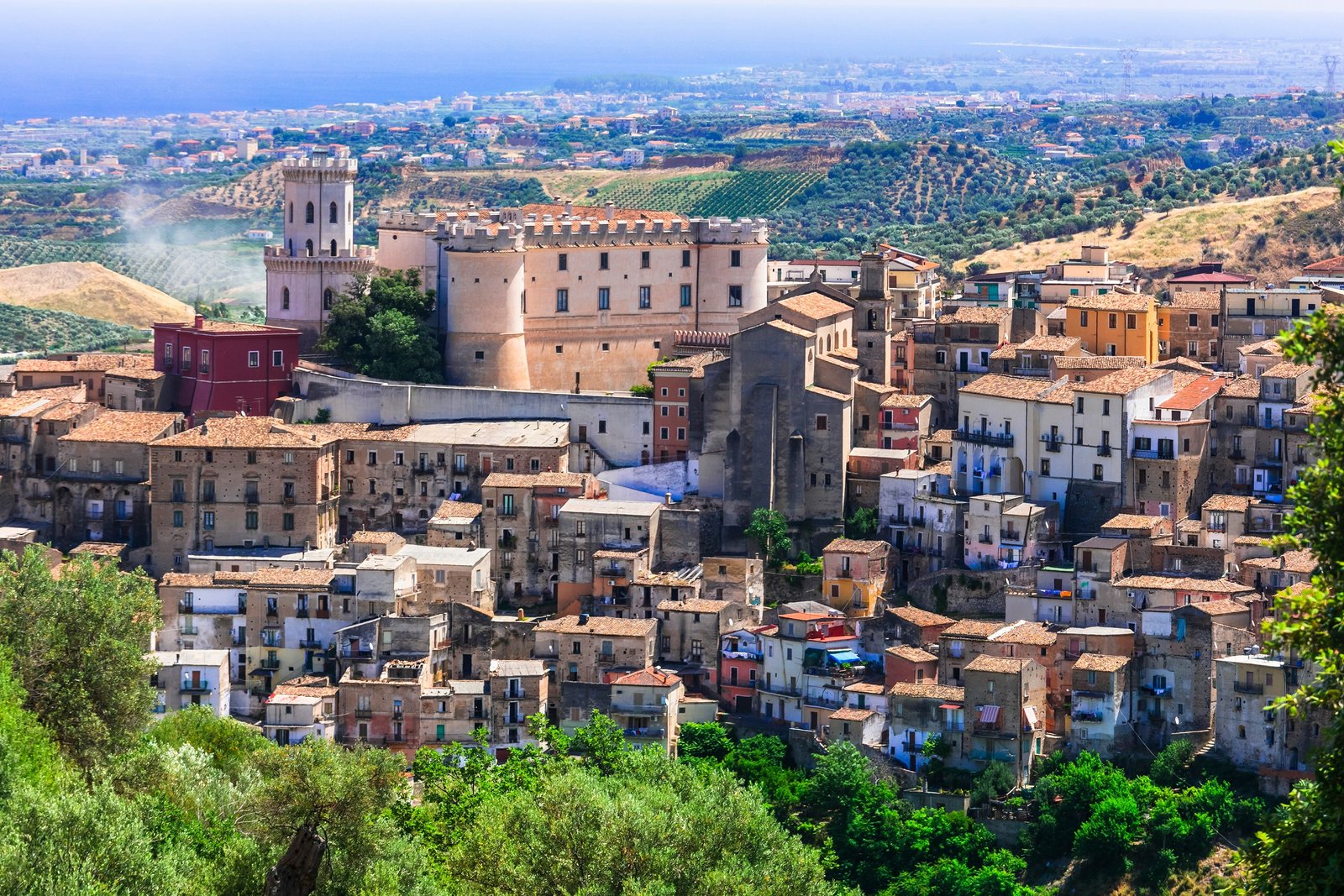In Calabria, in the Upper Ionian Cosentino, there is a stretch of coastline with an evocative name, chosen by the Greeks centuries ago as a landing place. It is the Coast of the Achaeans: 150 kilometres on the Ionian Sea where white beaches alternate with steep cliffs and medieval castles stand a stone's throw from ancient archaeological sites. Here, the colours, scents and vestiges of a solemn past make the villages included in this area small jewels of great value and beauty.

The territory of the Costa degli Achei comprises 150 kilometres of predominantly flat coastline, bordered to the north by the mouth of the Ferro river and to the south by the Sila plateau; to the west of the Costa are the Pollino mountains, while to the east is the Ionian Sea with its crystal-clear waters. Already from this brief introduction, it is possible to understand that we are in a unique place, surrounded by enchanting elements. The name 'Coast of the Achaeans' is due to the colonies of Greeks who, starting in the 8th century B.C., settled in this area, perhaps to cope with overpopulation problems or because of internal struggles. It was the Achaeans who founded Sybaris (Sibari), which today houses, not surprisingly, one of the largest archaeological parks in southern Italy. Along the Coast of the Achaeans, streams and watercourses criss-cross the territory and the beaches that follow one another along the coastline are varied and always different: now made of fine, white sand, now of high cliffs, now of stone pebbles; but all are united by one constant: the crystal-clear Ionian Sea. The inhabited centres show ancient evidence of historical eras and distant dominations: medieval fortresses, Swabian and Norman castles and rich Baroque churches coexist with modern urban structures in a continuous balance between present and past.
There are many things to do on the Coast of the Achaeans, and they cater for the most diverse holiday ideas. Each village belonging to this area has its own peculiarities and travellers can choose to stay in a single centre or opt for an 'on the road' solution, moving from time to time and visiting different villages. Starting from the north, we find Rocca Imperiale, with its beautiful pebbly beaches and imposing Swabian Castle. Continuing on, it is the turn of Roseto Capo Spulico: famous for its charming medieval town centre and its Norman Castle bathed by the sea. This municipality has a suggestive name, which probably derives from the cultivation of roses in Roman times, used to stuff the cushions of the local aristocrats. The next stop is Amendolara, a centre populated since prehistoric times, as demonstrated by the finds preserved in the National Archaeological Museum. Divided into 'town' and 'marina', it has beaches of fine white sand. Going further down is Trebisacce, whose upper part still preserves the Bastion, built to protect the old town from possible enemy raids and where, today, it is possible to enjoy a breathtaking view. Further south is Sibari, perhaps one of the most popular seaside resorts, home to the important archaeological site of ancient Sybaris and not far from the nature reserve at the mouth of the River Crati. Thus we arrive in Corigliano-Rossano, a municipality that definitely deserves a stop: here, important historical testimonies await us, such as the Norman Ducal Castle, considered among the best-preserved medieval castles in Italy, and the Diocesan Museum, where we can admire the Codex Purpureus Rossanensis, an ancient illuminated codex, a UNESCO heritage site. In addition, the city is home to the Amarelli liquorice factory, which is also open to public visits.
The typical gastronomic tradition of the Costa degli Achei preserves all the characteristics of Mediterranean and Calabrian cuisine: oil, wine and pulses are true excellences, while fresh homemade pasta revives all the work and wisdom of the housewives of the past. In Rocca Imperiale, the typical dish is the 'Frizzuli' (long grilled pasta, similar to fusilli) with breadcrumbs sautéed in a frying pan and fresh sausage sauce with added pepper powder. In Corigliano-Rossano, on the other hand, you can taste simple dishes with authentic and genuine flavours such as 'baccalà con le patate' (salt cod with potatoes) (a dish you will often find in the province of Cosenza) or 'a sardedda' (sardines, preserved in salt and pepper). Near Sibari, on the other hand, some of the best rice in Italy is produced in different varieties. Its characteristic is a greater savouriness due to the presence of sea salt in the air and in the soil where it is grown: the result is a particular taste, with a Mediterranean matrix. On the Costa degli Achei, there are many typical desserts, all delicious, and choosing just one to end your meal is impossible! Each town on the Costa degli Achei has its own typical sweets, but some can be found throughout the area: 'scoratedd' are taralli, first boiled in bay leaves and oil, then fried and then sugar-coated; 'bocconotti', on the other hand, are shortcrust pastries filled with cream or other fillings; 'vecchiaredde' are sweet pancakes covered in sugar or stuffed, excellent eaten while still hot. But the typical sweets do not end here, the list could go on to include honey, jams and marmalades still produced by hand and with genuine, often zero-kilometre products. The flavours, in this land, are so many that the only way to get to know them is to experience them all.
Along the 150 kilometres of the Coast of the Achaeans, there is no shortage of events and happenings. Clearly, each town centre will have its own, and taking part will be an evocative experience not to be forgotten. Among the events and appointments dedicated to gastronomy and flavours, the Wine Festival Art in Trebisacce is particularly interesting. It takes place in August and is dedicated not only to good food but also to local wines, in an atmosphere full of music and side events; wine is the protagonist in November, on the occasion of the Festa di San Martino, in Corigliano-Rossano, an opportunity to taste Calabrian wines and extend their knowledge to a public of all ages. On the Costa degli Achei, music is the protagonist, again in Corigliano-Rossano, at the end of July, there is 'Le Colline del Jazz', a festival organised in several events dedicated to established and emerging artists, while in August, at Roseto di Capo Spulico there is 'Suoni e suggestioni di una notte di mezza estate', where music also accompanies various exhibitions of local handicrafts. In addition to these events, it should be emphasised that, like all Calabrian towns, the Carnival festival is very much felt in this area, and on that occasion floats, masks and traditional characters will enliven the streets and lanes of the ancient villages.






